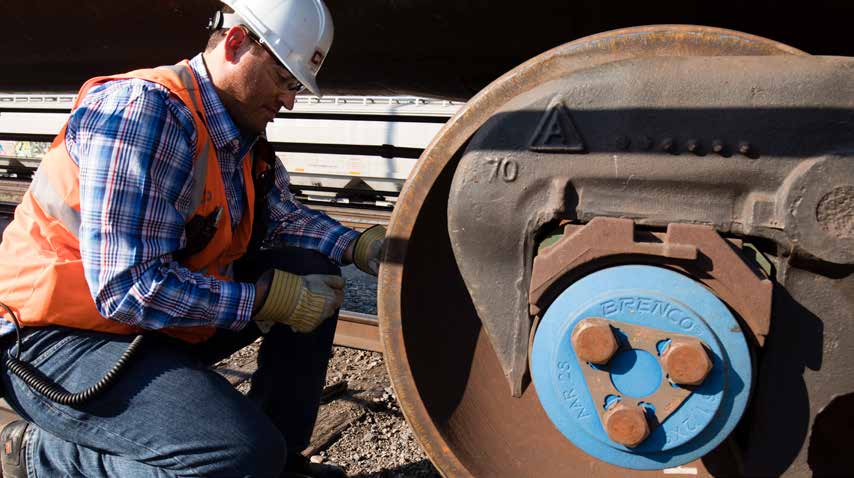All Eyes on Safety – The Signal – 3/13
ICYMI: Freight Railroads Take Action Towards a Zero-accident Future.
The industry believes that the February 3 derailment and its aftermath require railroads and freight shippers alike to lead with actions that restore trust and that will make a difference in the march toward zero. Here are the voluntary actions Class I railroads are taking:
- Detectors: Install approximately 1,000 new hot bearing detectors across key routes, with the goal of achieving average spacing not to exceed 15 miles (except if the route is equipped with acoustic bearing detection capability or similar technology), establish a new standard to stop trains and inspect bearings that exceed 170° and review trending analyses programs and recommend changes by March 31 (target date).
- Confidential Close Call Reporting: Join the FRA’s voluntary program to supplement their own programs for confidential reporting of safety issues.
- Training & AskRail: Train roughly 20K first responders in local communities and facilitate the training of 2K first responders at SERTC. Double the number of first responders who have access to the AskRail app.
- Tank Car Improvements: Accelerate the AAR Tank Car Committee’s investigation of heat-resistant gaskets for tanks transporting flammable liquid.
AAR Issues Wheel Advisory
Late last week, Norfolk Southern identified loose wheels on a series of cars that presents an increased risk of an out-of-gage derailment. Through its committee structure, AAR took expeditious action and issued an advisory to stop cars with these wheels from use and interchange until those wheel sets can be replaced. “This is an uncommon defect to see in a wheelset that demanded urgent action,” AAR said. “This is a voluntary, proactive step aimed at ensuring equipment health and integrity.”
Human Dedication Boosted by Technology Drives Network Safety
Thousands of well-trained inspectors — qualified per FRA regulations — monitor and assess the health and safety of freight rail equipment and the track that spans nearly 140,000 miles. In addition to conducting FRA-required inspections, railroads have, for decades, voluntarily invested in testing, implementing and advocating for advanced inspection technology to supplement manual inspections.
For example, an advanced algorithm can analyze track alignment of more than 1,500 curves in track in just a few hours, whereas it would have taken a team of four people 10 months to complete the same task manually. Or, take, for instance, machine visioning technology, which uses cameras that collect 40,000 images per second of trains as they pass by at up to 60 MPH.
Thanks in part to rail’s multi-layered inspection practices, FRA data show that the last decade has been the safest ever for railroads, with the Class I railroads’ mainline train accident rate at an all-time low and down 49% since 2000.





